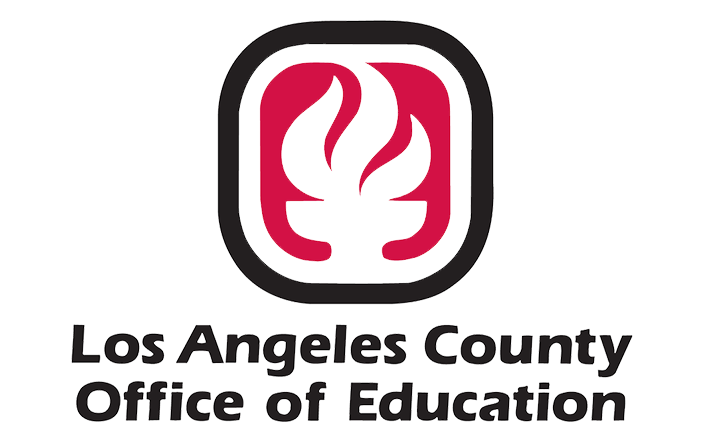 Early childhood is an important period to develop healthy eating habits. Providing a supportive and age-appropriate feeding environment will help children develop healthy eating habits.
Early childhood is an important period to develop healthy eating habits. Providing a supportive and age-appropriate feeding environment will help children develop healthy eating habits.
In doing so, we teach children the importance of food, nutrition, and eating skills. We teach children that food provides energy so we can move around and play, nutrition nourishes strong bodies and smart brains, and eating skills allow us to enjoy the social aspects of eating with our families and friends.
Children are born knowing when and how much to eat. This disappears as they grow older, usually around four to five years of age. This is usually due to external influences such as a parent telling a child to finish what is on his plate and adults using food as a tool of manipulation.
So how do we go about raising competent eaters and creating an environment where children have a healthy relationship with food? Simple, follow Ellyn Satter’s Division of Responsibility. Adults and children have their own respective jobs when it comes to eating, as described below.
Parents/Adult Caregivers’ job:
- What – Choose and prepare healthy food
- When – Provide regular meals and snacks; do not allow children to graze for food or beverages between meals and snack times
- Where – Eliminate distractions during mealtimes, such as TV and other electronic devices
Children’s job:
- Whether to eat the foods offered or not
- How much – Eat the amount they need based on their hunger and fullness cues
Let children be their own guide and allow them to explore new foods on their own times. Be patient. It may take 12 to 15 times of being exposed to a new food before children will even try to eat it. Lastly, be a good role model for healthy eating.
Source: Ellyn Satter Institute at www.ellynsatterinstitute.org.


